Increased Health Consciousness
Health consciousness among South Koreans is significantly influencing the dental services-organization market. With a growing emphasis on overall well-being, individuals are increasingly prioritizing oral health as a vital component of their health regimen. Recent surveys indicate that over 70% of South Koreans consider regular dental check-ups essential for maintaining good health. This heightened awareness is likely to drive more patients to seek preventive care and routine dental services, thereby expanding the market. Additionally, dental organizations are responding by promoting educational campaigns that highlight the importance of oral hygiene and regular visits. This trend not only fosters patient loyalty but also positions dental services as integral to comprehensive health care, potentially leading to increased revenue streams for organizations within the market.
Government Initiatives and Support
Government initiatives aimed at improving public health are playing a crucial role in shaping the dental services-organization market in South Korea. Recent policies have focused on enhancing access to dental care, particularly for underserved populations. For example, the government has introduced subsidized dental programs that aim to reduce the financial burden on patients, thereby encouraging more individuals to seek dental services. This support is likely to increase patient volumes within the market, as more people gain access to necessary treatments. Additionally, public health campaigns promoting oral hygiene are expected to further drive demand for dental services. As a result, dental organizations may experience growth opportunities, as they align their services with government objectives and community health needs.
Rising Demand for Aesthetic Dentistry
The dental services-organization market in South Korea experiences a notable increase in demand for aesthetic dentistry. This trend is driven by a growing awareness of oral health and the desire for improved appearance among the population. According to recent data, approximately 60% of adults in South Korea express interest in cosmetic dental procedures, such as teeth whitening and veneers. This rising demand is likely to encourage dental organizations to expand their service offerings, thereby enhancing their market presence. Furthermore, the aesthetic appeal of dental services is becoming a crucial factor in patient decision-making, leading to increased competition among providers. As a result, the dental services-organization market is expected to adapt by incorporating advanced technologies and innovative treatment options to meet consumer expectations.
Technological Advancements in Treatment
Technological advancements are reshaping the dental services-organization market in South Korea. Innovations such as digital imaging, 3D printing, and tele-dentistry are enhancing the efficiency and effectiveness of dental treatments. For instance, the adoption of digital tools has improved diagnostic accuracy and treatment planning, which can lead to better patient outcomes. Data suggests that approximately 40% of dental practices in South Korea have integrated some form of digital technology into their operations. This trend not only streamlines processes but also attracts tech-savvy patients who seek modern solutions. As technology continues to evolve, dental organizations are likely to invest in new tools and training, thereby enhancing their service offerings and competitive edge in the market.
Aging Population and Increased Dental Needs
The aging population in South Korea is a significant driver of growth in the dental services-organization market. As the demographic shifts towards an older population, there is a corresponding increase in dental health issues, such as periodontal disease and tooth loss. Statistics indicate that nearly 30% of individuals aged 65 and older experience severe dental problems, necessitating more frequent and specialized dental care. This demographic trend compels dental organizations to adapt their services to cater to the unique needs of older patients, including geriatric dentistry and restorative procedures. Consequently, the market is likely to see an expansion in service offerings tailored to this age group, which could lead to increased patient engagement and revenue opportunities for dental practices.


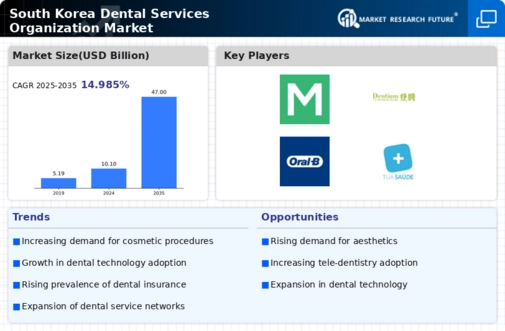
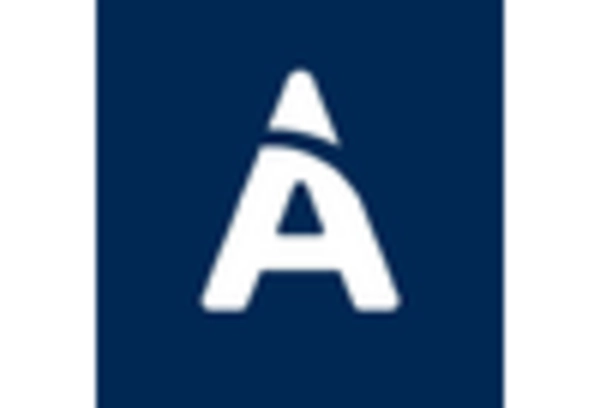
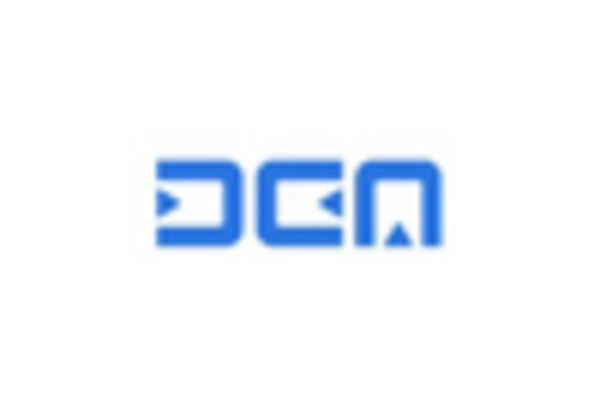

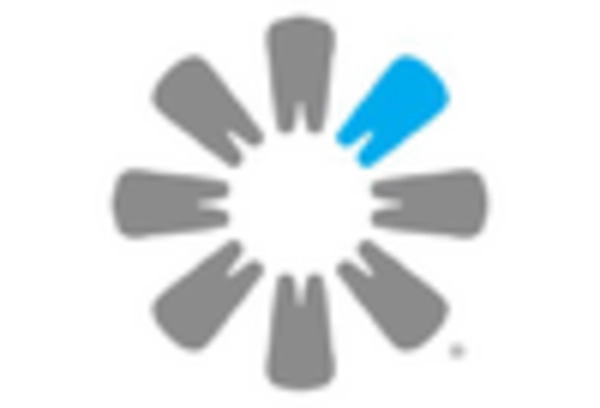
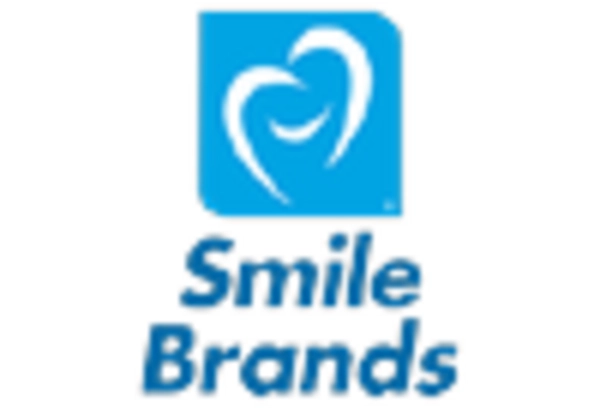
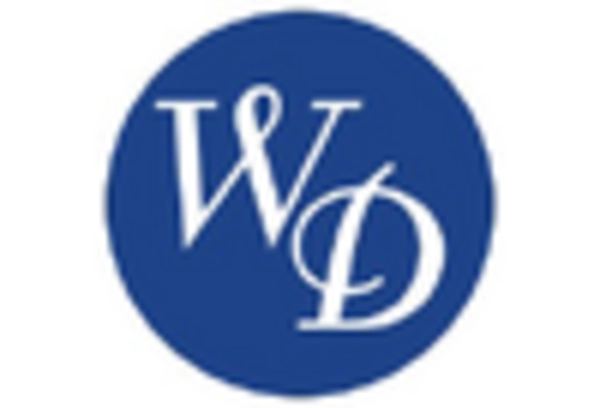








Leave a Comment